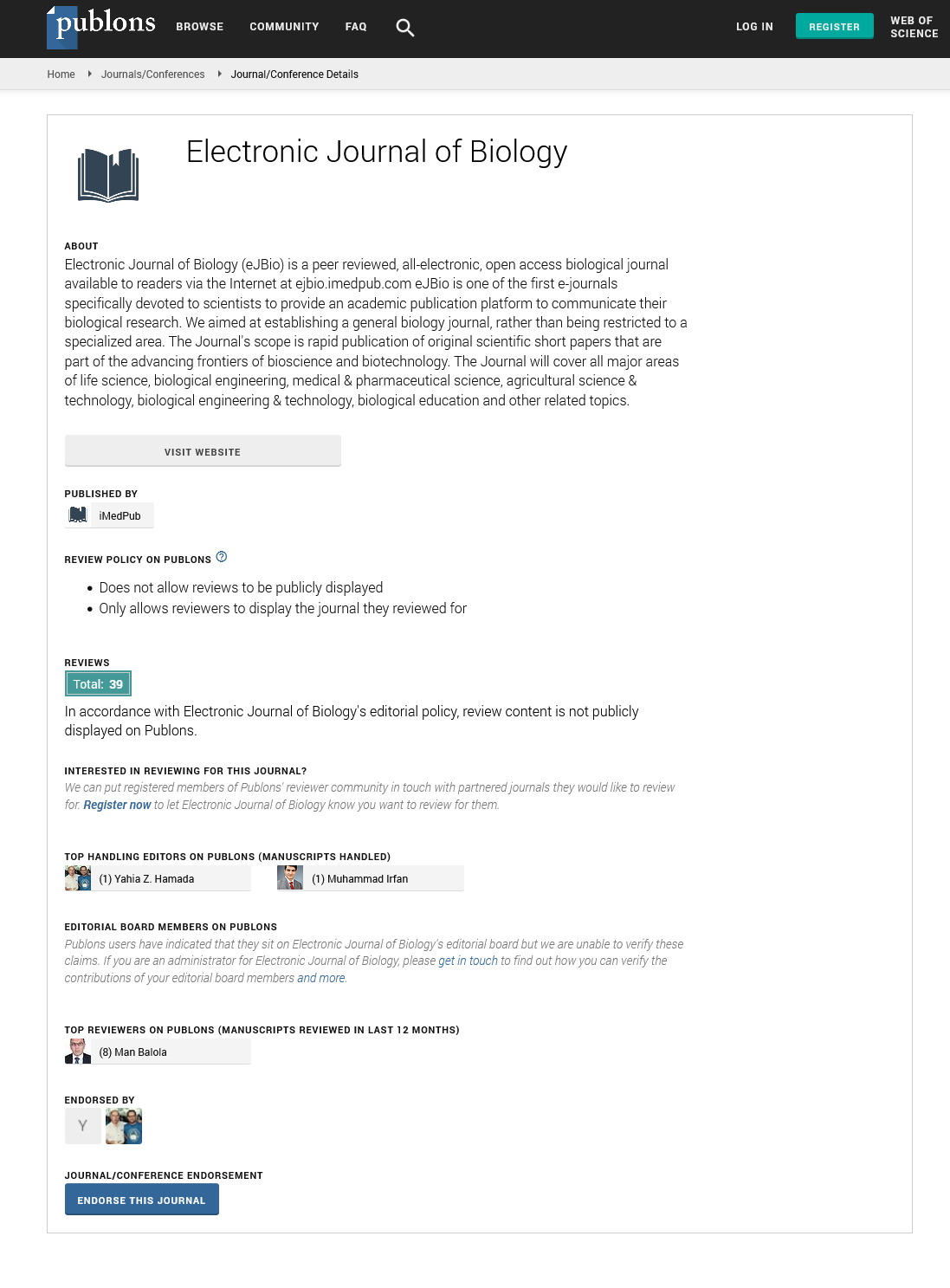Abstract
Risk Factors for Uterine Rupture in Suhul General Hospital Case Control Study
Background: Uterine rupture refers to the complete nonsurgical disruption of all uterine layers. This obstetrics hazard is also associated with short term maternal morbidities such as bladder rupture, foot drop, psychological trauma, anemia and infertility and neonatal morbidity and mortality. The common risk factors include CPD, malpresentation, previous C/S, obstructed labor, retained second twin and hydrocephalus.
Aim: The objective of this study were to assess the risk factors contribute for ruptured uterus at Suhul general hospital, northwest Tigray, Ethiopia.
Method: This is a case control study over the period of five year from 2009 to 2014.
Findings: The main risk factors of uterine rupture were distance >10 km increased risk of rupture fivefold compared to mothers who live <10 km (AOR 4.9 95% CI 1.8 13.5). Obstructed labor increased the risk of rupture by 4 fold compared to control group with no Obstructed labor (AOR 4.4 95% CI 1.4 13.5). Lack of ANC is significantly associated with uterine rupture compared to mothers who have ANC follow up (AOR 37.8 95% CI 10.4 137) and labor duration above 18 h increase risk of rupture by tenfold compared to labor duration <18 h (AOR 10.595% CI 3.8 29). Instrumental delivery found to increase the risk of uterine rupture eight times compared to control delivered without instrument (AOR1.02 95% CI 1.02 67.8). Hydrocephalus and retained second twin are also associated with risk of getting uterine rupture significantly compared to controls with no hydrocephalus and retained twin. In our study risk factors like distance >10 km from hospital, Lack of ANC and partograph, Labor duration above 18 h, obstructed labor, instrumental delivery, hydrocephalus and retained second twin are identified for uterine rupture.
Conclusion: Distance above 10 km from hospital, Lack of ANC and partograph, Labor duration above 18 h, obstructed labor, instrumental delivery, hydrocephalus and neglected retained second twin are identified as risk factor for uterine rupture.
Author(s):
Solomon Gebre*, Ataklti Negassi
Abstract | Full-Text | PDF
Share this

Google scholar citation report
Citations : 5001
Electronic Journal of Biology received 5001 citations as per google scholar report
Electronic Journal of Biology peer review process verified at publons
Abstracted/Indexed in
- Google Scholar
- China National Knowledge Infrastructure (CNKI)
- CiteFactor
- Electronic Journals Library
- Zoological Records
- WorldCat
- Proquest Summons
- Publons
- MIAR
- Openaccessarticles.com
- Secret Search Engine Labs
Open Access Journals
- Aquaculture & Veterinary Science
- Chemistry & Chemical Sciences
- Clinical Sciences
- Engineering
- General Science
- Genetics & Molecular Biology
- Health Care & Nursing
- Immunology & Microbiology
- Materials Science
- Mathematics & Physics
- Medical Sciences
- Neurology & Psychiatry
- Oncology & Cancer Science
- Pharmaceutical Sciences


